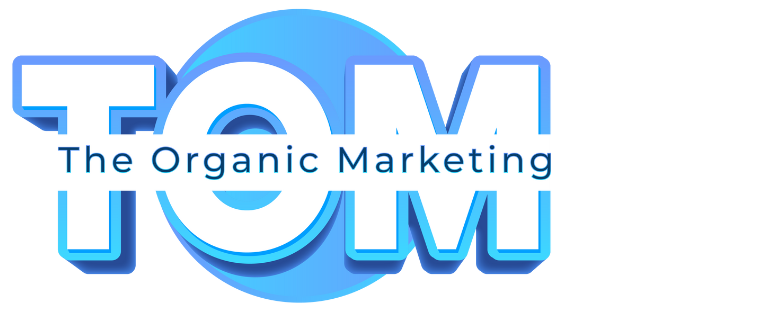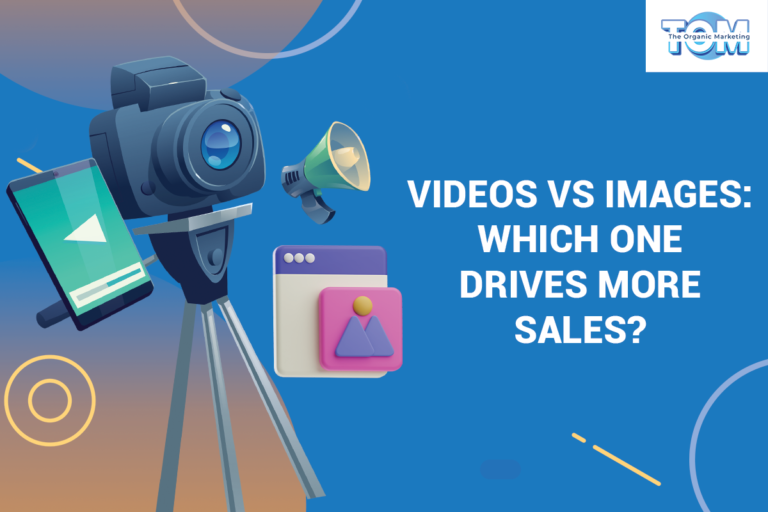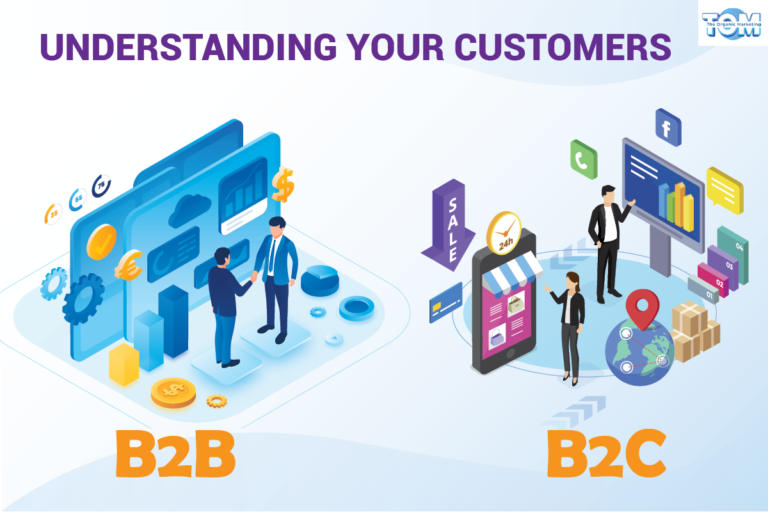Chatbots: Everything You Need To Know
Chatbots have become a key invention in the technological environment that is continually growing, changing how we engage with digital platforms and services. They provide ease, efficiency, and a hint of futuristic participation in both personal and professional relationships. These conversational bots are powered by artificial intelligence. Effectively navigating the digital world requires knowledge of chatbots and their capabilities.
What is a Chatbot?
The term “chatbot,” which is short for “chat robot,” refers to a piece of software that mimics human-like communication through text or voice interactions. Chatbots are computer programs that can interpret normal language, react to questions, provide information, and even carry out activities in a conversational fashion. They work on advanced algorithms and artificial intelligence.
Why Do You Need a Chatbot for Business?
- Real-time Availability and Accessibility: Chatbots ensure 24/7 communication, providing instant responses and assistance to customers, overcoming time zone barriers and enhancing user experience.
- Enhanced Customer Engagement: Chatbots contribute to positive customer experiences by offering consistent, personalized interactions, and accessing customer history to tailor responses and recommendations.
- Swift Query Resolution: Quick analysis of user queries enables chatbots to provide immediate and relevant information, eliminating wait times and customer frustration.
- Scalability with Quality: Chatbots handle multiple conversations simultaneously, maintaining interaction quality even during high traffic periods, ensuring seamless operations.
- Cost-effective Operations: Automating routine tasks and queries reduces the need for an extensive human support team, leading to cost savings while maintaining efficiency.
- Data-driven Insights: Chatbot interactions generate valuable customer data that can be used to understand preferences, refine strategies, and enhance business offerings, creating a feedback loop for improvement.
Benefits of Chatbots
- 24/7 Availability: Chatbots provide round-the-clock availability, ensuring that users’ queries are addressed promptly, even outside regular business hours.
- Instant Responses: With their ability to process data swiftly, chatbots offer immediate responses to user inquiries, reducing wait times and enhancing user satisfaction.
- Scalability: Chatbots excel in managing multiple conversations simultaneously, making them ideal for handling high volumes of interactions without sacrificing quality.
- Cost-Efficiency: Automated interactions reduce the need for extensive human intervention in routine tasks, leading to cost savings in customer support and operations.
- Personalization: Advanced chatbots analyze user data to deliver tailored recommendations and responses, creating a more personalized experience for users.
- Data Insights: Interactions with chatbots provide valuable insights into user behavior, preferences, and pain points, which businesses can leverage to refine their strategies.
The Do’s and Don’ts of Having Chatbots for Your Business:
Do’s
- Clear Objectives: Define the purpose of your chatbot – whether it’s customer support, lead generation, or information dissemination – to ensure its design aligns with your goals.
- Natural Language Processing: Invest in robust natural language processing capabilities to ensure your chatbot comprehends and responds accurately to user queries.
- User-Centric Design: Create an intuitive and user-friendly interface that guides users through interactions seamlessly.
- Human Handover: If a chatbot encounters a complex query, facilitate a smooth transition to a human agent to avoid user frustration.
- Continuous Improvement: Regularly update and enhance your chatbot’s responses based on user interactions and feedback.
Don’ts
- Excessive Jargon: Keep the language simple and avoid using technical jargon that might confuse users.
- Sterile Tone: While professional, chatbots can maintain a friendly and approachable tone to enhance user experience.
- Neglecting Feedback: Pay attention to user feedback and adapt your chatbot’s responses accordingly. Ignoring feedback can lead to decreased user satisfaction.
- Over-Automation: Strike a balance between automation and the human touch. Some interactions, especially complex or emotionally sensitive ones, are better handled by humans.
- Skipping Testing: Launching a chatbot without proper testing can lead to technical glitches and user dissatisfaction.
How Does a Chatbot Work?
- User Interaction: A user initiates a conversation through messaging apps, websites, or voice assistants.
- Input Analysis: The chatbot analyzes the user’s message using natural language processing (NLP) to understand the meaning, context, and nuances.
- Intent Recognition: NLP helps the chatbot identify the user’s intent or purpose behind the message, recognizing keywords and patterns.
- Contextual Understanding: The chatbot considers the ongoing conversation, user history, and previous interactions to maintain context.
- Response Generation: Based on the analyzed input and recognized intent, the chatbot generates a response using predefined rules or machine learning algorithms.
- Natural Language Generation: The chatbot structures the response to sound natural and human-like, incorporating conversational elements.
- Output Delivery: The response is delivered to the user, whether in text, images, or voice, depending on the platform.
- Learning and Improvement: User feedback and interactions help the chatbot learn and refine its responses over time, creating a more seamless and effective interaction experience.
Future of Chatbots
The future of chatbots holds great promise. As AI technology advances, chatbots will become more sophisticated, capable of understanding context, emotions, and nuances in human communication. Expect to witness improved personalization, more intuitive interactions, and a broader range of applications across industries.
Chatbots have ushered in a new era of communication and convenience, offering seamless interactions and enhanced engagement. Whether for individuals seeking instant assistance or businesses looking to optimize customer support, chatbots play a significant role in the digital landscape. By understanding their functionalities, embracing best practices, and keeping an eye on their future developments, individuals and businesses can harness the power of chatbots to elevate their interactions and stay ahead in the dynamic realm of technology.
For more information on chatbots, don’t forget to contact The Organic Marketing!






